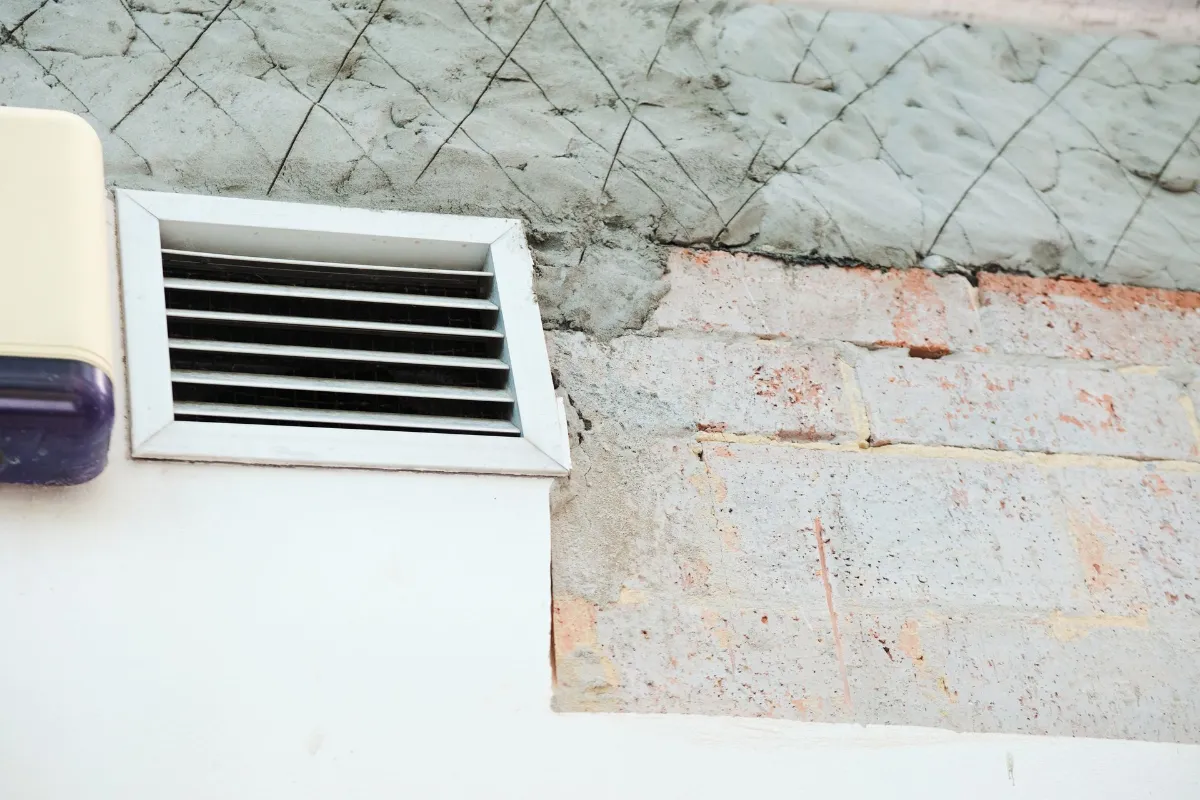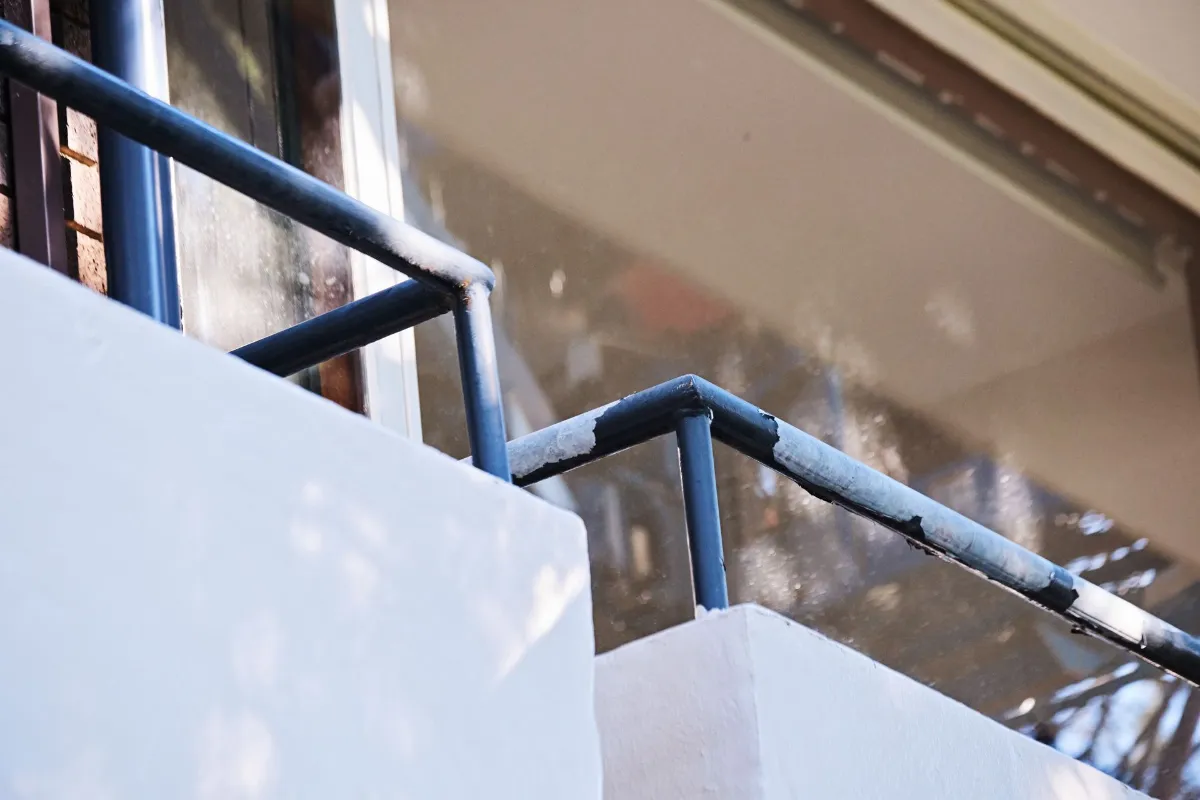How Remedial Repairs Protect Building Safety and Prevent Structural Failures

A compromised façade puts everyone beneath it at risk and signals that there might be some deeper structural issues. Moisture and movement can cause damage long before any visual signs appear. In fact, by the time you can see cracks or bulges, safety is already impacted. Proactive remedial repairs will protect a building and are an essential first step in every commercial painting project.
At Dukes, we’ve been transforming spaces across Sydney and beyond since 1958. The strength of every project begins with expert remedial building work that sets the standard for quality and longevity. Remediation protects safety, appearance and function while stopping small issues from growing into major problems.
“A compromised façade puts everyone beneath it at risk and signals that there might be some deeper structural issues.”
Early warning signs that shouldn’t be ignored
Render failure is most often caused by a combination of factors. Poor surface preparation can leave the bond between the render and the substrate weak from the start. Moisture can work its way in behind the surface and gradually breaking down that bond over time. Structural movement through thermal expansion or vibration places extra stress on the system and speeds up the failure. All of these issues can go unnoticed until they become serious.
The earliest noticeable signs tend to be physical changes in the surface. Cracks can appear along joints or edges where pressure is highest. Bulging or lifting patches often means moisture has already found its way behind the render. A hollow sound when tapped indicates sections have separated from the substrate. These are not superficial flaws. They are clear warnings.
Early identification allows repairs to be planned and carried out before the damage spreads. It’s important to address the cause rather than only what can be seen on the surface. Quick patch jobs can lead to falling render and serious structural issues, which create a significant safety risk. Being proactive also keeps costs manageable.
Stabilising unsafe structures with a controlled response
When render starts to lift or detach, the first priority is safety. When our team is called in to handle situations involving loose or falling render, the immediate focus is to secure the area and isolate any affected sections. This minimises human risk and ensures that no loose material can fall unexpectedly. All of this takes place before any investigative work begins..
Once a perimeter is established, we use hammer testing and moisture mapping to locate weak areas and understand what’s happening beneath the surface. Hammer testing pinpoints hollow or unstable patches that can’t be seen with the eye. Moisture mapping shows where water has moved behind the render and reveals the full scope of the problem.
After clearing the loose material, we assess the substrate. We check asonry, brick or concrete surfacesfor damage, contamination or anything else that could affect the integrity of the repair. Based on these findings, we develop a rectification plan that addresses both immediate safety and the root cause of the failure to ensure the repair is stable and lasting.
Addressing the root cause means stopping moisture before anything is reinstated, not sealing it in beneath a new layer. Movement joints are installed where the surface needs flexibility so it can shift without cracking again. A render system that allows for movement and breathability is then applied to secure the repair and prevent the same failure from returning.
“Once a perimeter is established, we use hammer testing and moisture mapping to locate weak areas and understand what’s happening beneath the surface.”

Managing complex repairs in live environments
Carrying out remedial work in active spaces comes with a different level of responsibility. Depending on the sector we’re servicing, the team must work safely around residents, tenants or students without disrupting the daily use of the building. Careful staging, containment systems and off-peak scheduling typically help control noise, dust and access, which keeps people out of harm’s way while work is happening.
Clear communication is a core part of how these projects run and remain safe and accessible for everyone. Building managers and occupants are kept informed so they know what to expect and when to expect it.
Safety, cleanliness and professionalism guide every stage of the work. Containment keeps the site controlled and organised, and every action is planned to protect people and minimise disruption to the spaces around it.
“It’s about protecting the people who use the building every day and keeping the structure sound for years to come.”
The long-term value of early intervention
Structural weakness and moisture damage don’t stay contained for long. The longer they’re left, the more extensive and expensive the repairs become. Fixing problems while they’re still localised protects the façade and the structure behind it.
Early action also lowers liability and safety risks. Falling render can seriously injure someone or damage property, which exposes owners to legal consequences. It’s far easier to control that risk through planned repairs than to deal with the fallout after something goes wrong.
Beyond safety, fast or pre-emptive remedial repairs help maintain an asset’s appearance and value. It’s an investment in avoiding unnecessary costs and hassles down the track.
Talk to the experts in remedial repairs
Remedial work isn’t just about fixing what’s broken. It’s about protecting the people who use the building every day and keeping the structure sound for years to come. Done properly, it creates confidence in the surface you can see, and in the integrity behind it.
At Dukes, we’ve completed extensive remedial repair work throughout Sydney and surrounds. Our projects span strata complexes, aged care and retirement living, educational facilities, commercial properties, government sites and heritage buildings. Every project is delivered to the highest standard to restore safety and ensure long-term stability.
If you’re looking for a commercial painter who takes the whole project into account and gets it right the first time, every time, contact us today.
By Paul Williams
General Manager
Key Takeaways

Cracks, bulges, or a hollow tap sound = render separation. Must fix the cause, not just the surface.

We secure the area first; then we use hammer testing and moisture mapping to find hidden issues.

Dukes stage works in live environments with containment, off-peak scheduling, and clear comms.

Early intervention cuts risk, cost, and protects façade integrity and asset value.
Frequently Asked Questions
What are early warning signs of render failure?
Cracks, bulging/lifting patches, and a “hollow” sound when tapped—these signal separation from the substrate and shouldn’t be dismissed as cosmetic.
What’s the first step if render is loose or detaching?
Stabilise the area: secure and isolate affected sections before any investigation to minimise risk from falling material.
How do professionals diagnose the root cause?
We use hammer testing to find hollow/unstable patches and moisture mapping to trace water ingress, then assess the substrate to set a rectification plan.
How are works managed in occupied buildings?
Through careful staging, containment, off-peak scheduling, and clear communication so residents/tenants stay safe and disruption is minimised.
Why act early—and does this relate to painting projects?
Early remedial repairs reduce risk and cost, protect façade/structural integrity, and are the essential first step before quality commercial painting.
Recent projects
Recent projects
© Copyright Dukes Painting Services Pty Ltd. Website by Brilliant Digital
























